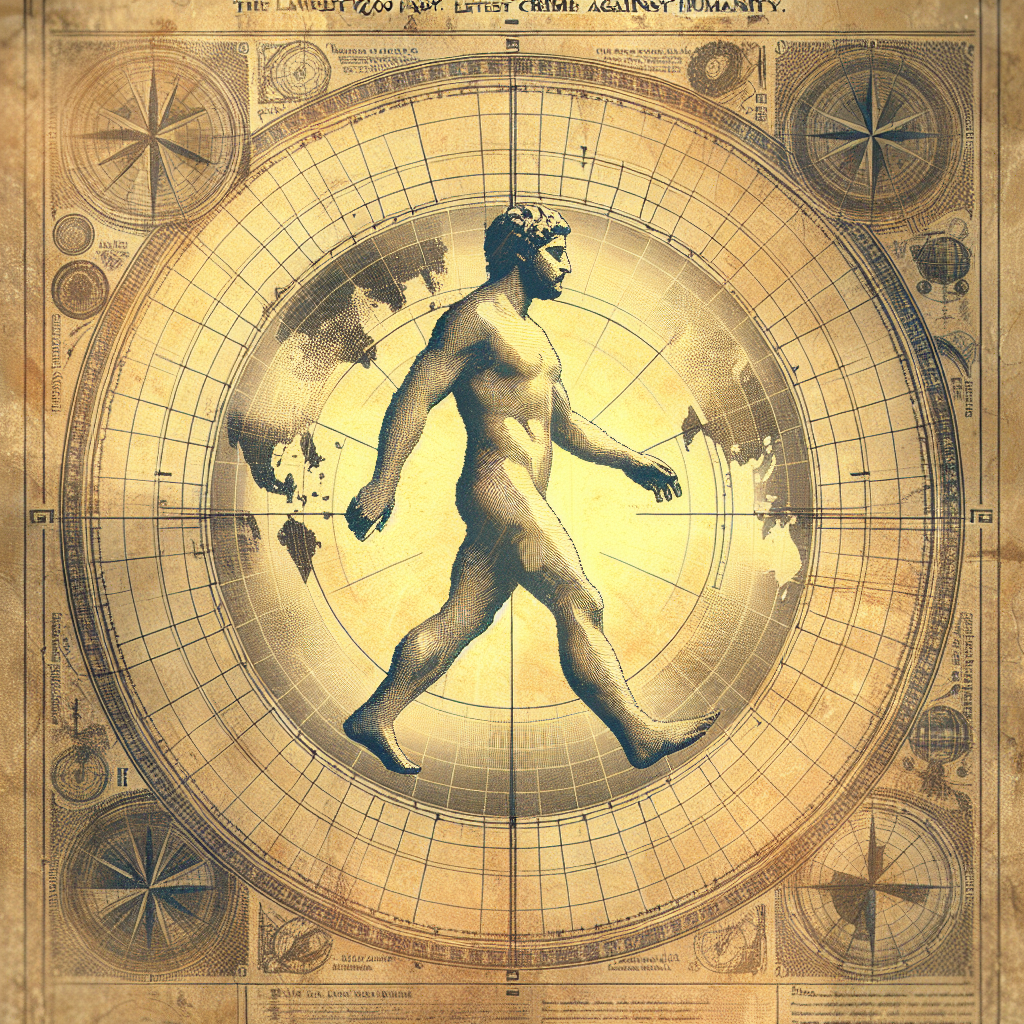Walking at lightning speed might just be human nature, but have you ever stopped to wonder, 'Am I walking too fast?' In bustling urban life where everyone seems to be in a rush, asking who set the pace and why we follow it without questioning might reveal surprising insights about our well-being and environment. With a culture of speediness enveloping cities worldwide, it's high time (pun intended) to explore the physical and psychological impacts of this frenetic pace on us, the curious creatures that stride through life.
Speed Walking: A Double-Edged Sword
Walking fast offers several benefits at surface level: it’s an efficient way to include cardio in your day, helps with weight management, and might even get you to the corner cafe just in time for a complimentary croissant. However, diving deeper into the science of this activity, the potential drawbacks become apparent. Overly brisk walking, especially without warming up, can lead to joint stress, cardiovascular strain, and, not surprisingly, exhaustion that goes beyond the pleasant fatigue of a good workout.
When we indulge in high-speed ambulation, we're not just exercising our muscles but also our minds. The human brain evolved for movement, and our cognitive processes are optimized for a pace that allows the intake of environmental stimuli, decision-making, and creativity. Walking too fast may hinder these processes, making us less aware of our surroundings and less able to enjoy the surprises and nuances of serendipitous discoveries on our routes.
The Science of Speed
Let’s break this down as the curious minds that we are. Walking isn’t just about moving from point A to point B; it’s an activity that activates our bodily systems in remarkable ways. The average walking speed is approximately 3 to 4 miles per hour, a sweet spot where our energy expenditure matches our physiologic capabilities for comfort and endurance. What happens when we accelerate beyond this pace?
A study published in Medicine & Science in Sports & Exercise highlights that as walking speed increases, so does the mechanical work output of our limbs, which translates to higher energy demands. Our cardiovascular system, while robust, can be taxed by sustained fast-paced walking, especially for those unaccustomed or with underlying health conditions. Moreover, Dr. Daniel Lieberman, an evolutionary biologist at Harvard University, suggests our ancestors walked at moderate paces due to high-energy costs and the need for environmental awareness—activities that promoted both health and survival.
Psychological Effects: Mind the Speed Bumps
Ever notice how you feel when you slow your pace and take a stroll through a park or a quiet street? There's a reason why walking slowly is often associated with relaxation and stress reduction. Neuropsychologists advocate for the idea of 'thoughtful ambulation,' a conscientious counterpart to mindless speed-walking. Slower walking not only resets the fight-or-flight response, but also allows for deeper social interactions and mindfulness.
Walking slowly offers significant mental health benefits by promoting reflection, reducing anxiety levels, and increasing dopamine release more evenly than a rushed stride. The neuroscientific endorsement of this claim is supported by evidence that our brains are designed to favor 'soft fascination,' a state of attention that gently engages our thinking processes, allowing restoration from mental fatigue. Walking at a leisurely pace harnesses this phenomenon by engaging our senses without overwhelming them.
Embracing 'Go Slow' Culture
Incorporating slower walking into daily routines may initially feel counterintuitive in our efficiency-driven society. Yet, as more of us become aware of the detriments of hasty lifestyles, there's a budding cultural shift toward 'slow living.' Cities like Copenhagen and Amsterdam promote biking and comprehensive pedestrian pathways, making walking leisurely a part of daily commuting without sacrificing time efficiency.
Modern urban planning increasingly focuses on making cities more walkable and people-centered, fostering a community mindset. As individuals, we can embrace this philosophy by setting aside time for intentional slow walks, whether in nature, urban landscapes, or while socializing. Consider logging off from digital stimuli and logging miles on foot with friends, indulging in conversations that meander like the winding paths we tread.
The Joy of Slowing Down
So, next time you’re striding through your city at a rate that rivals Olympic speed-walkers, give a thought to how much you could be missing in the haste. Slower walking encourages reflection, boosts happiness, and connects us to those around us directly—and perhaps most importantly, to ourselves. Maybe the best way to appreciate the world and contribute positively to it involves putting one foot in front of the other at a pace that allows us to savor each step.
Slowing down might just be humanity's secret sprint towards the future we’ve longed to create—one step, one conversation, one smile at a time.

